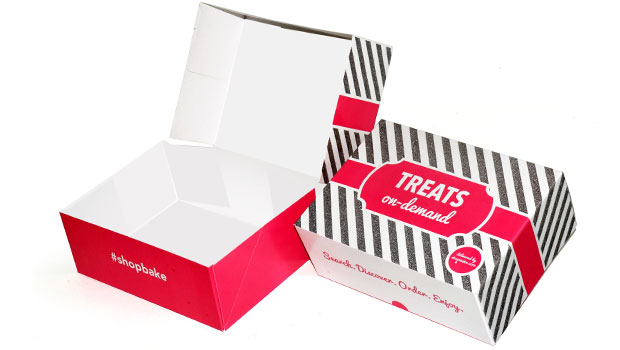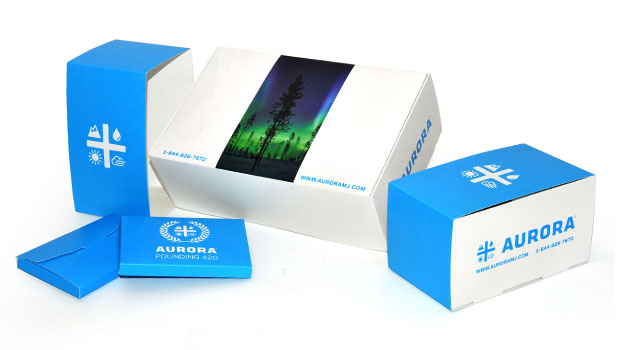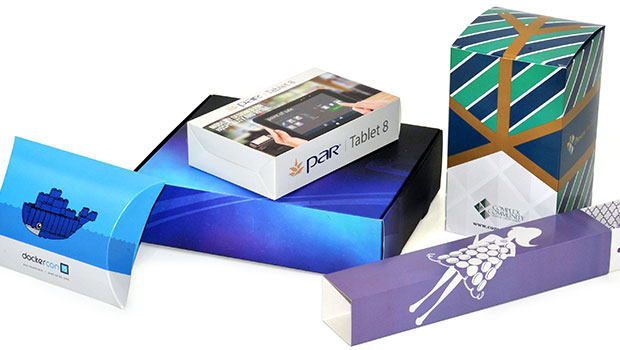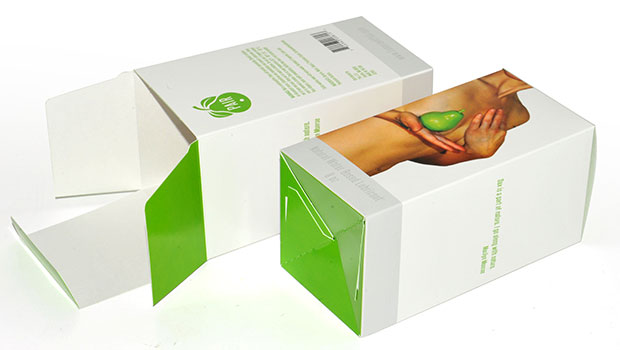If you are a manufacturer of cold products, you are probably always on the lookout for even better packaging than you currently use. Cold products are typically food, so the packaging needs to not only withstand cold temperatures, but also be safe and suitable for food items. This can include foods ranging all the way from meats, dairy products, and eggs to frozen fruits and vegetables, juices, and some desserts. There are some medicines and other products that require packaging that will withstand refrigeration, too.
Consumer Preferences
Consumers in the 21st century are interested in packaging that is either reusable or recyclable, made from recycled materials, and that will have a minimum environmental impact. Packaging that is easily opened is another preference. Sometimes, packaging that will hold up under cold temperatures can be stubborn to open. The secret is to find packaging that meets all these criteria.
Packaging Materials
When the product to be packaged needs to be refrigerated or frozen, the packaging must be of a type that will hold up nicely at those temperatures. A plain paperboard package will get limp in cold temperatures because of the dampness that is inherent in refrigeration. So paperboard designed to withstand the damp cold is coated with a layer of low-density polyethylene.
Some items won’t require paperboard packaging, but only plastic bagging, or just plastic wrap, like with cheeses. Nonetheless, you will want to make certain the packaging will withstand the cold temperatures no matter what type it is.
Keep It Fresh
One very important factor to consider in packaging your cold product is how well it will seal to keep your product fresh. If the product is to go inside a paperboard carton, consider placing it in a plastic pouch first. Or, as in the case of frozen pizza, shrink-wrap the item. This way, if the seal on the carton doesn’t hold, the inside packaging will still keep the product fresh and safe from contamination.
Finding a glue or sealant that will last from processor to consumer is another important step in designing your cold packaging. Often, a paperboard carton will be sealed with glue in the processing plant, but by the time a consumer purchases it from a grocery store, the glue has loosened and the package is open. This is why it’s important to also have an inner pouch of some type. A plastic wrap or pouch can be heat-sealed, and usually provides a more secure seal than glue on a carton.
Usefulness
It is important that the packaging be useful from the beginning of its journey to the end. Although the vast majority of stores now use only bar codes for pricing information, there are still small stores that use a price gun to put a price sticker on their merchandise. These price stickers don’t stick very well to a lot of cold packaging.
Another consideration is how reusable the carton is if the product inside isn’t completely used up at once. The packaging should be sturdy enough to hold up to repeated opening and closing, until the product inside is all gone.




